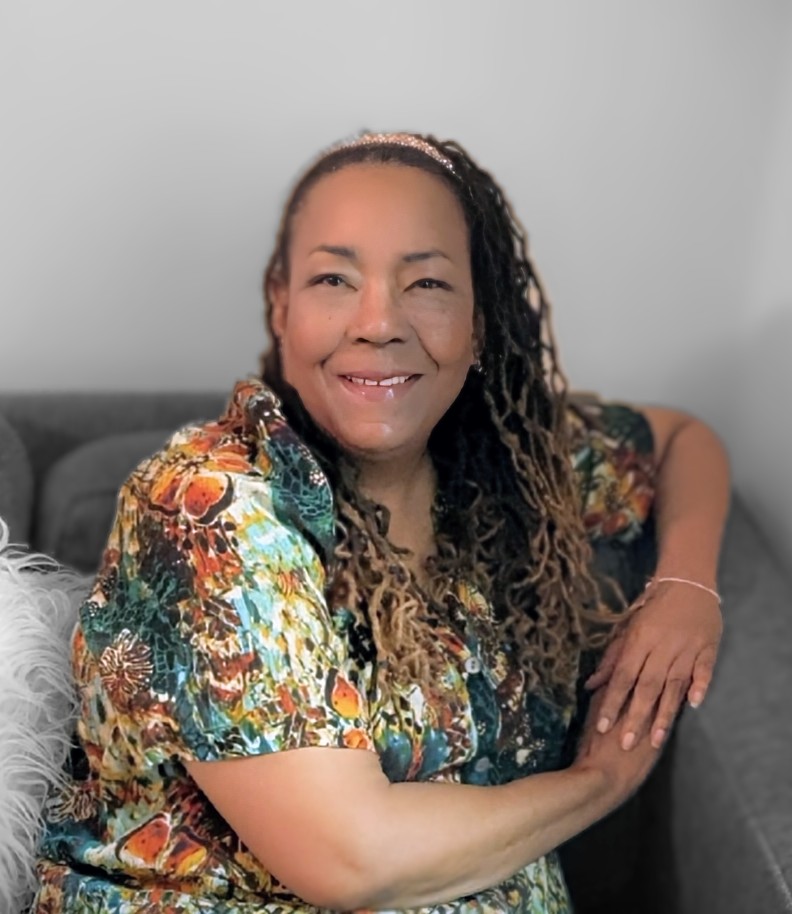By: A.M. Shinault-Small
May 13, 2024
The Ask an Expert series features Q + A’s with people who are experts in a particular field or who have a depth of knowledge around historic preservation. We ask experts a variety of short answer questions and ask for their advice.
| Q: Introduce yourself! Tell us a little about you. How did you get started in your field? |
|---|
| Alada Muima Shinault-Small – Charlestonian, Charleston area tour guide since 1982. Was introduced to Oral History in early 1990s while serving as Stableyards & African American History & Culture Interpretive Coordinator at Middleton Place National Historic Landmark in Dorchester County. At Middleton, I interviewed former Black employees who worked there during the earlier decades of the 20th century. |
| Q: What kind of projects have you worked on? |
|---|
| In addition to my work at Middleton Place, I also worked on an intergenerational project in Charleston called “Paint The Rhythm of My Story” for the Charleston Housing Authority in the early 1990s. In 2000, I was a part of a team interviewing South Carolina State University students who were impacted by the 1968 Orangeburg massacre. In 2020-2021, I coordinated the “Black Carolinians Speak” oral history project for WeGOJA Foundation to capture expressions of people affected by the Coronavirus pandemic. In 2022-2023, I coordinated the oral history project for the “Gullah Geechee Seafood Trail,” and I am currently interviewing Clarendon County residents who were involved or related to people associated with the Briggs v. Elliott school desegregation lawsuit that later evolved into Brown v. Board of Education, 1954. |
| Q: How does your work in oral history intersect with preserving Black historic spaces? |
|---|
| The grassroots approach to interviewing “everyday folk” can lead to insight on people, places, objects, events that have been off the radar & undocumented until these jeweled conversations occur and are recorded. Some people are very delighted to know that people want their stories. |
| Q: What do African American preservation projects and leaders need to know about oral history? |
|---|
| Interfacing with communities and their members to record their stories is a critical component of cultural preservation. |
| Q: If someone asked for your advice on the first step they should take on designing and implementing an oral history project, what would you say? |
|---|
| Consult with an expert on trending tips and techniques. |
| Q: What are typical costs for oral history interviews, transcriptions, and archiving? |
|---|
| There are too many variables to generalize, and geography needs to be factored in as well. Experts can help fine tune these. |
| Q: Other tips or thoughts you’d like to share with the South Carolina preservation community? |
|---|
When implementing an oral history project, engage interviewers who can best bond and flow with interviewees to achieve robust and rich conversations. |

